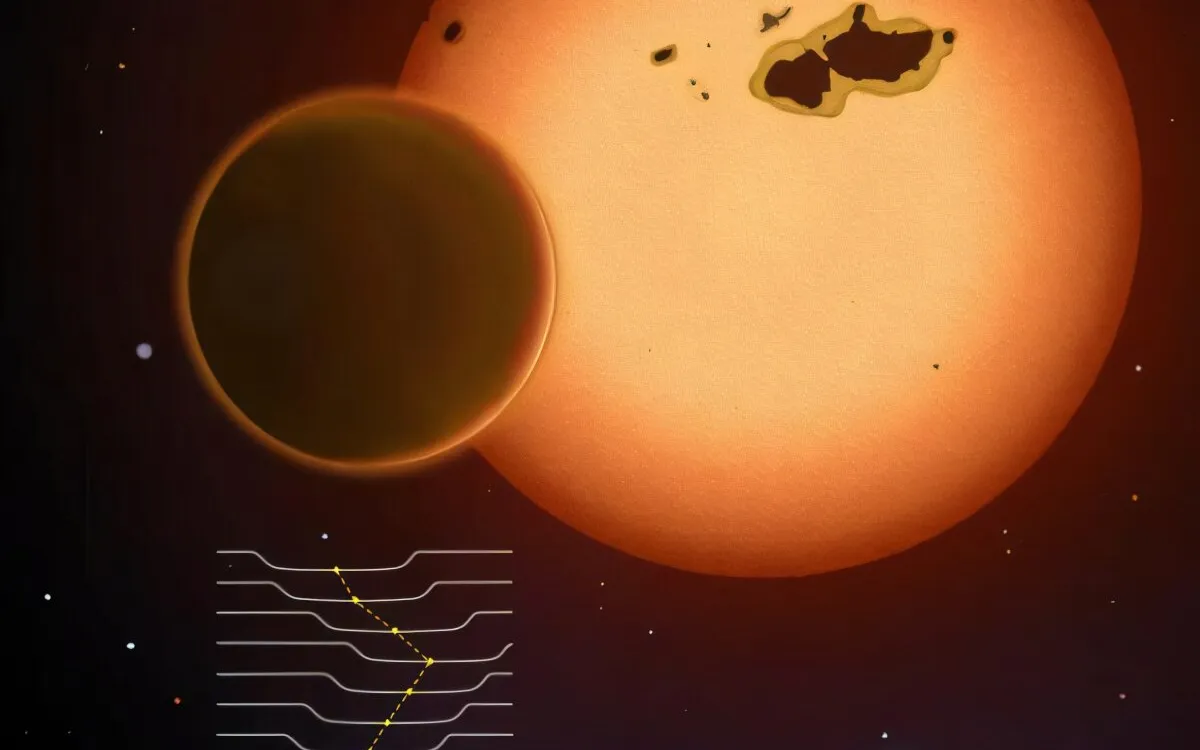
The question of whether we are alone in the universe has intrigued humanity for centuries. This age-old inquiry gained significant momentum in 1995 with the discovery of the first exoplanet orbiting a sun-like star, marking a pivotal moment in our quest to understand the cosmos. The study of exoplanets has evolved into one of the most important scientific fields of the 21st century, with profound implications for our understanding of planetary formation, evolution, and the origins of life itself.
Searching for Earth-like life is the ultimate goal of planetary science. Identifying Earth-like planets situated in the habitable zones of sun-like stars is a critical step toward achieving this objective. Recently, an international research team led by the Yunnan Observatories of the Chinese Academy of Sciences (CAS) has made a groundbreaking discovery using the Transit Timing Variation (TTV) technique. They have identified a super-Earth called Kepler-725c, which boasts a mass ten times that of Earth and resides in the habitable zone of the star Kepler-725.
For decades, astronomers have primarily relied on methods such as the transit technique and radial velocity (RV) observations to discover low-mass planets (≤10 Earth masses) within the habitable zones of sun-like stars. However, these low-mass celestial bodies often have long orbital periods and emit faint RV signals, making them difficult to detect. The RV method's stringent requirement for high-precision measurements further limits its efficacy in identifying small, long-period planets.
Conversely, the transit method presents its own challenges, requiring a planet’s orbital plane to align perfectly with our line of sight—a rare alignment for long-period systems. Even when such transits occur, the resulting photometric signals are often too shallow and brief to be reliably detected, increasing the risk of missing these celestial wonders.
Kepler-725c orbits a G9V host star with an orbital period of 207.5 days and a semi-major axis of 0.674 AU, receiving approximately 1.4 times the solar radiation that Earth experiences. During part of its orbit, this newly discovered planet lies within its host star's habitable zone, making it a promising candidate for habitability. The research team utilized TTV signals from Kepler-725b, a gas giant with a 39.64-day orbit, to successfully deduce the mass and orbital parameters of the hidden planet Kepler-725c. This accomplishment highlights the potential of the TTV technique in detecting low-mass planets in habitable zones around sun-like stars.
What sets the TTV technique apart from traditional methods such as transit and RV is its flexibility. The TTV technique does not require the planet’s orbit to be edge-on, nor does it depend on high-precision RV measurements of the host star. This adaptability makes the TTV technique exceptionally well-suited for discovering small, long-period, non-transiting habitable planets that are otherwise challenging to detect through conventional means. By filling a critical gap in current detection techniques, the TTV method offers a promising pathway toward identifying Earth 2.0.
Based on the findings of this study, the upcoming European PLATO mission and the Chinese ET (Earth 2.0) mission are expected to significantly enhance our ability to detect a second Earth. As we continue to explore the universe, the challenges and discoveries made in the search for Earth-like life will undoubtedly shape our understanding of our place in the cosmos.